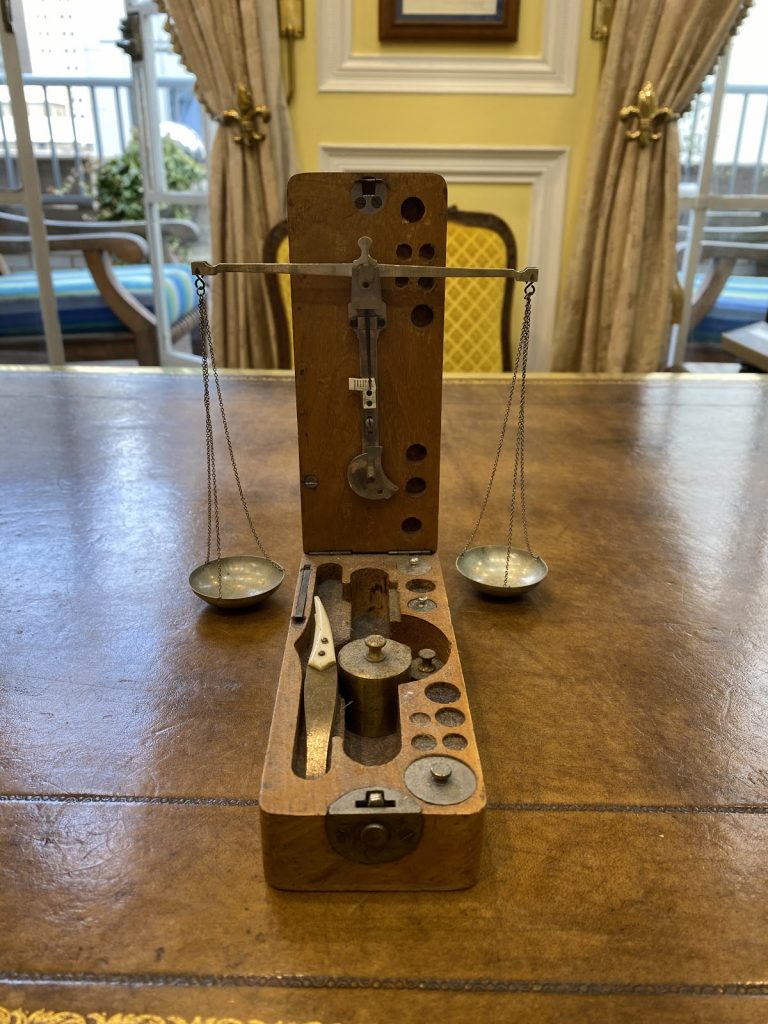Carat Weight in Rubies
Carat weight is a key factor in determining the size and value of a ruby. While it simply measures the gemstone’s weight, it can greatly influence a ruby’s overall appearance and price. Larger rubies are especially rare—making high-carat stones significantly more valuable, especially when combined with rich color and good transparency. However, two rubies with the same carat weight may look different in size depending on their cut and proportions. In this section, we take a closer look at carat weight in rubies, how it affects pricing, and what to consider when choosing the right carat for your jewelry.

Like most other gems, rubies are weighed in carats . Sometimes measurements in points are used too, usually for very small melee sized gems weighing 0.2 carats and under.
Although carat weight is one of the 4Cs that determines the pricing of gems, carat weight has nothing to do with gem quality like the first three Cs of color, clarity, and cut. It instead measures how difficult it is to find another gem of the same quality. In other words, it measures rarity. R7748 | right | medium | play | “Ruby ID: R7748 – Weight: 1.57 Carats – Origin: Mozambique – Price: $11,109.71”
Aside from the high demand for saturated red colors driving prices up, rubies like to grow in a shallow, tabular form. This makes large, ideally colored rubies over a carat like on the right really rare and really expensive.
One of the largest gem-quality rubies in the world is the Hope Ruby. It weighs 32 carats and is a former record holder for “most expensive ruby ever sold”. It has since been surpassed by the Sunrise Ruby in terms of quality and price, but not in carat weight, only weighing 25 carats in comparison.
Matching Rubies
Weight: 6.13 Carats Total
Origin: Mozambique
Price: $95,628
A common saying in the antiques industry is “Try to find another one”. This is exactly the challenge that anyone matching gems encounters. Due to the range of color, shapes, and weight in rubies, finding an exact match is exceedingly difficult (as it is for most gemstones). Unless cut to be part of a matched set, a task like this can take months or even years. As an extreme example; a strand of 35 matched, golden south sea pearls took 37 years to create for the Jewelmer Joaillerie company.
Most rubies, especially if they are just pairs, will not take decades to create. However, pairs weighing 6 carats or more in total can take a number of years to match. Carat weight is the most limiting factor for large ruby pairs and it shows on the price tag.
Why Weigh in Carats?
Gems were originally weighed against small carob seeds. This method of weighing gems and jewelry predates the measurement of grams, which is accredited to the International Bureau of Weights and Measures. Thought to be consistent in terms of size and weight, they were weighted in scales like this one on the right.


